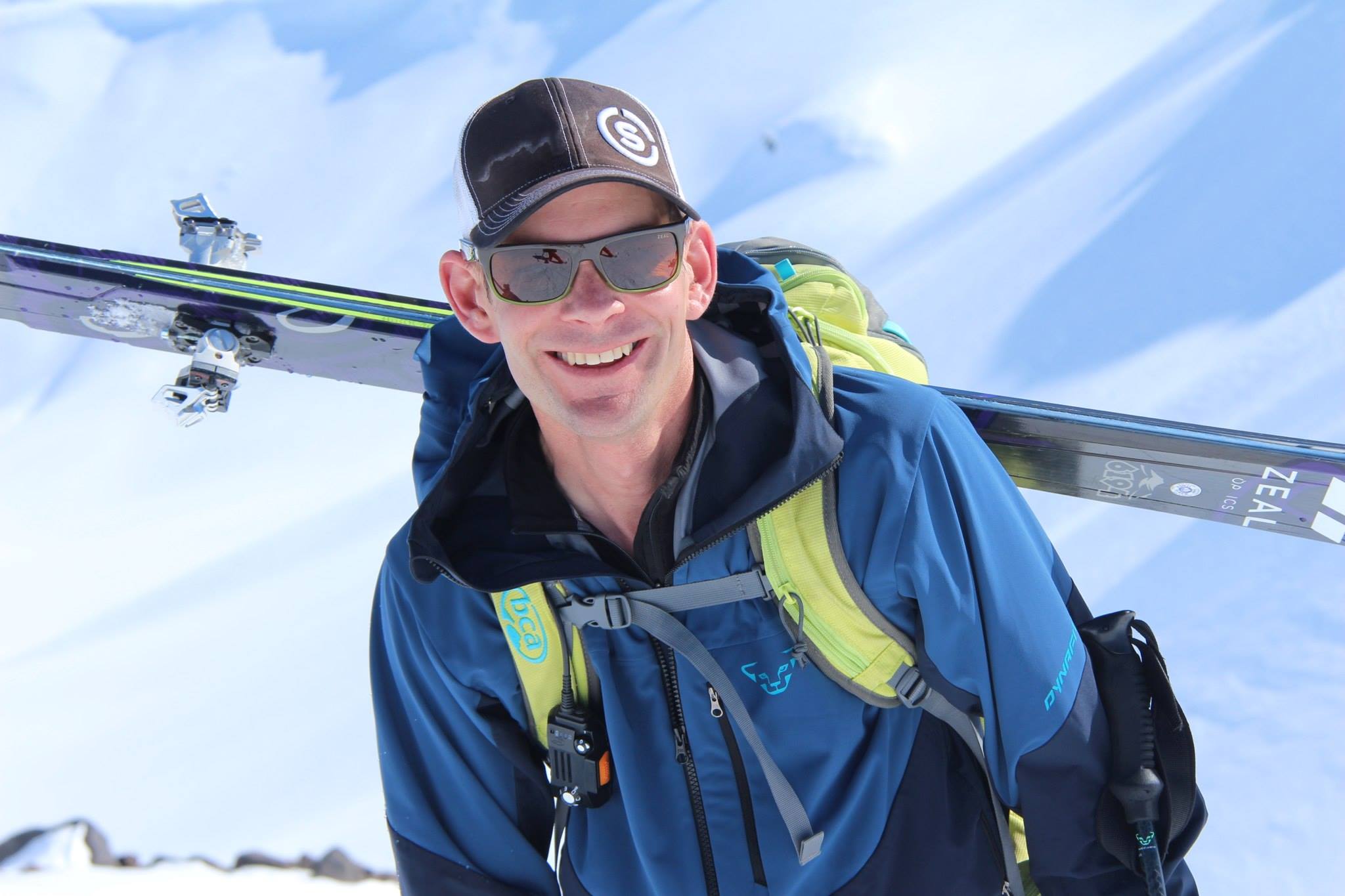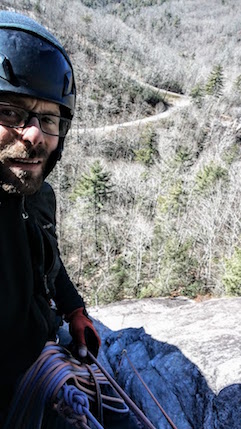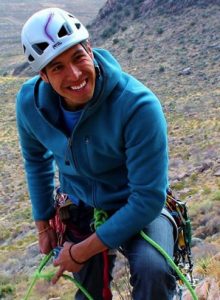What is the SOAR Act?
Organized groups like outfitters, guides, outdoor education organizations, college and university programs, and volunteer-based clubs are required to have a permit to take people to national parks, national forests, and other federal lands for things like hiking, climbing, mountaineering, and other outdoor sports. These permits have different names depending on the agency but are generally referred to as “outfitter-guide permits.” The permitting process used by the agencies to issue outfitter-guide permits is outdated, overly complex, and time intensive. As a result, federal land management agencies are often unable to issue permits for guided outdoor recreation activities – even when the activities are within carrying capacity limits already established for the landscape. The unintended consequence is fewer people get to enjoy outdoor recreation activities, local economies don’t receive the benefit of outdoor recreation visits, and guides have fewer opportunities to grow their careers and businesses.
To solve these problems, Senators Martin Heinrich (D-NM) and Shelley Moore Capito (R-NM) introduced the Simplifying Outdoor Access for Recreation Act (SOAR Act) in the U.S. Senate in May 2019 and Representatives Debra Halland (D-NM) and John Curtis (R-UT) introduced the SOAR Act in the U.S. House of Representatives in June 2019. This bipartisan legislation makes changes to the outfitter and guide permitting systems of the federal land agencies to make permits less complicated for land agencies to administer and easier for outfitters and guides to acquire.
The SOAR Act of 2019 would do the following:
• Makes it easier for the agencies to issue permits by eliminating duplicative processes, shortening processing times, and simplifying environmental review.
• Increases opportunities for guided recreation by directing the agencies to allow outfitters and guides to share unused service days and to engage in activities that are substantially similar to the activities specified in their permit.
• Increases security for outfitters and guides and reduces paperwork by directing the USFS and BLM to extend the term of temporary permits to 2 years and allow those permits to convert to a longer term after 2 years of satisfactory performance.
• Increases system transparency by directing the agencies to notify the public when new recreation permits are available and requiring the agencies to provide timely responses to permit applicants.
• Simplifies the permitting process for trips involving more than one land management agency by authorizing the agencies to issue a single joint permit for trips that cross agency boundaries.
• Improves procedures for fee collection and cost recovery by simplifying fee calculation methods and establishing a standard 50-hour cost recovery fee exemption for permit processing.
• Provides new protections for Forest Service permit holders by waiving permit use reviews in extraordinary circumstances beyond the control of the permit holder (wildfire, low snow year, etc.) and allowing expired permits to remain in effect when the agency has been unable to renew them.
• Helps control liability insurance costs for permit holders by allowing them to use liability release forms with their clients.
• Reduces barriers to access for state universities, city recreation departments, and school districts by waiving the permit indemnification requirement for entities that are prohibited from providing indemnification under state law.
The SOAR Act received a hearing in the House Subcommittee on National Parks, Forests, and Public Lands on September 19, 2019. AMGA Advocacy and Policy Director, Matt Wade, was invited to testify before the committee. You can read Matt’s House testimony here and watch a video of the full House hearing here.
The SOAR Act received a hearing in the Senate Energy and Natural Resources Committee on October 31, 2019. You can read the AMGA Senate hearing testimony here and watch a live stream of the Senate hearing here.
Additional Information:
SOAR Act bill text (PDF)
SOAR Act bill summary (PDF)
SOAR Act section by section (PDF)












